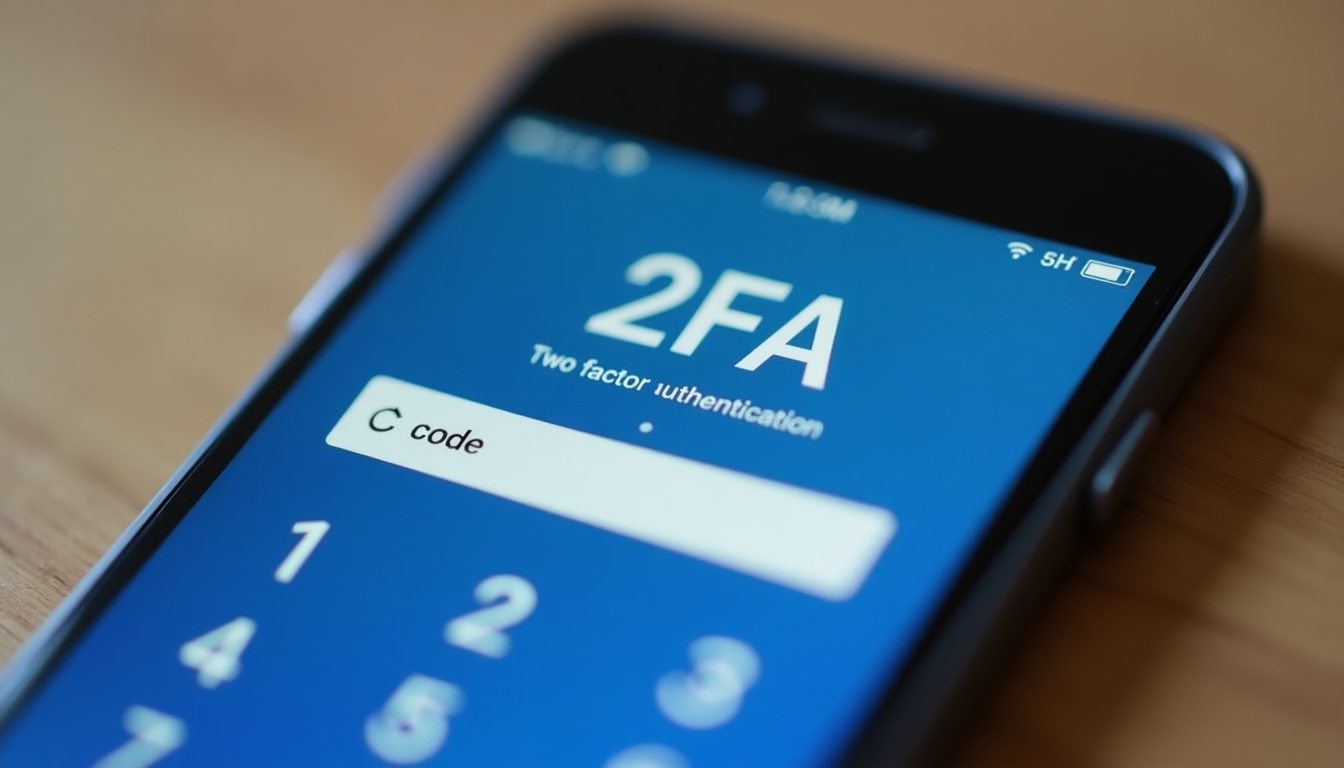The Ultimate Guide to Password Security
In today's digital world, where we rely on online accounts for everything from banking to social media, password security is more important than ever. This guide aims to provide you with the knowledge and tools you need to protect your personal information from cyber threats. Whether you're a tech-savvy individual or just starting to learn about online security, this guide will help you understand the essentials of password security and how to implement them effectively.
Understanding Password Security
Password security is the practice of creating and managing passwords in a way that protects your online accounts from unauthorized access. With the increasing number of cyber threats, such as phishing, hacking, and data breaches, it's crucial to have strong passwords that are difficult for attackers to guess or crack.
One of the most common threats is the use of weak passwords, such as "123456" or "password," which are easily guessable. According to a recent study, these passwords are still among the most commonly used, making it easy for hackers to gain access to accounts. Additionally, using the same password for multiple accounts can put all your accounts at risk if one is compromised.
To illustrate the importance of password security, consider this: a strong password can be the difference between keeping your personal information safe and falling victim to identity theft or financial loss.

Best Practices for Creating Strong Passwords
Creating strong passwords is the first step in protecting your online accounts. Here are some guidelines to follow:
- Length and Complexity: Aim for passwords that are at least 12 characters long and include a mix of uppercase and lowercase letters, numbers, and special characters.
- Avoid Personal Information: Don't use easily guessable information like your name, birthdate, or common words.
- Use Passphrases: Consider using a passphrase, which is a sequence of words or a sentence that's easy for you to remember but hard for others to guess.
- Unique Passwords: Use a different password for each account to prevent a single breach from affecting multiple accounts.
Password managers can be a lifesaver when it comes to managing multiple strong passwords. These tools generate and store complex passwords for you, so you don't have to remember them all. Some popular password managers include LastPass, 1Password, and Dashlane.

Two-Factor Authentication (2FA)
Two-factor authentication adds an extra layer of security to your accounts by requiring a second form of verification in addition to your password. This could be a code sent to your phone, a fingerprint scan, or a security key.
Enabling 2FA can significantly reduce the risk of unauthorized access, even if your password is compromised. Many online services, including email providers, social media platforms, and financial institutions, offer 2FA as an option. It's highly recommended to enable it wherever possible.

Password Security Tools and Resources
In addition to password managers, there are several tools and resources that can help you enhance your password security:
- Password Strength Checkers: Tools like Have I Been Pwned allow you to check if your passwords have been compromised in data breaches.
- Security Blogs and Newsletters: Staying informed about the latest security threats and best practices is crucial. Subscribing to security blogs or newsletters can help you stay up-to-date.
- Online Privacy Tools: Tools like Firefox Focus and DuckDuckGo offer enhanced privacy features for browsing the web, which can complement your password security efforts.
Personal Insights and Experiences
I remember a time when I used the same password for multiple accounts, thinking it was convenient. That was until one of my accounts was hacked, and I realized the potential damage that could have been done. Since then, I've made it a point to use unique, strong passwords for each account and enable 2FA wherever possible.
One lesson I've learned is that convenience should never come at the cost of security. It's worth taking the extra time to set up strong passwords and security measures to protect your personal information.
Common Mistakes to Avoid
Here are some common password security mistakes to avoid:
- Using Weak Passwords: Avoid using easily guessable passwords like "password" or "123456."
- Reusing Passwords: Using the same password for multiple accounts can put all your accounts at risk.
- Not Updating Passwords Regularly: Regularly updating your passwords can help prevent unauthorized access.
- Sharing Passwords: Never share your passwords with anyone, even if they claim to be from a trusted organization.
To avoid these mistakes, make it a habit to review your password security practices regularly and stay informed about the latest threats and best practices.
Summary and Conclusion
In conclusion, password security is a critical aspect of protecting your online accounts and personal information. By following the best practices outlined in this guide, such as creating strong, unique passwords, using password managers, enabling 2FA, and staying informed about security threats, you can significantly reduce the risk of falling victim to cyber threats.
Remember, the key to effective password security is to make it a habit. Take the time to implement these strategies, and you'll be well on your way to keeping your online accounts safe and secure.